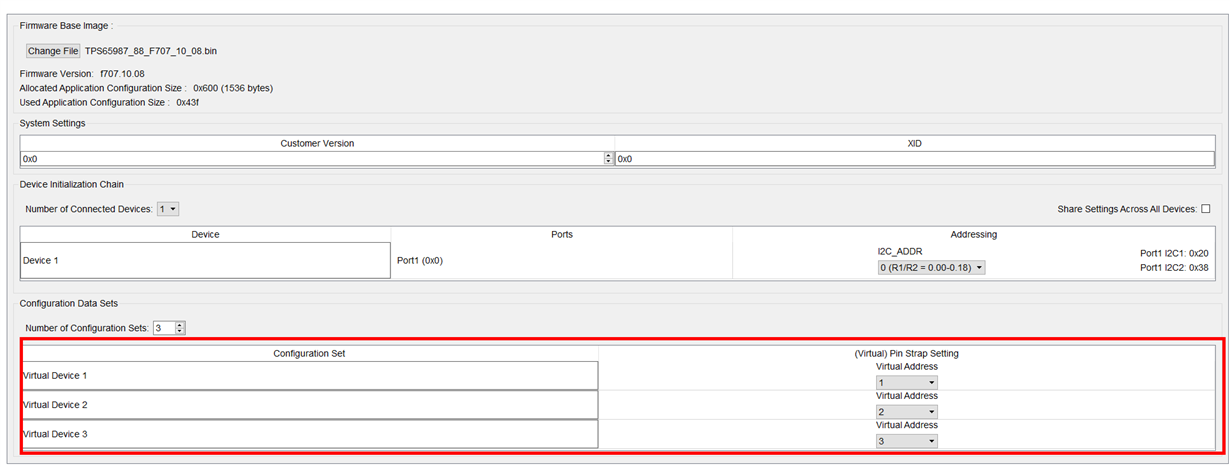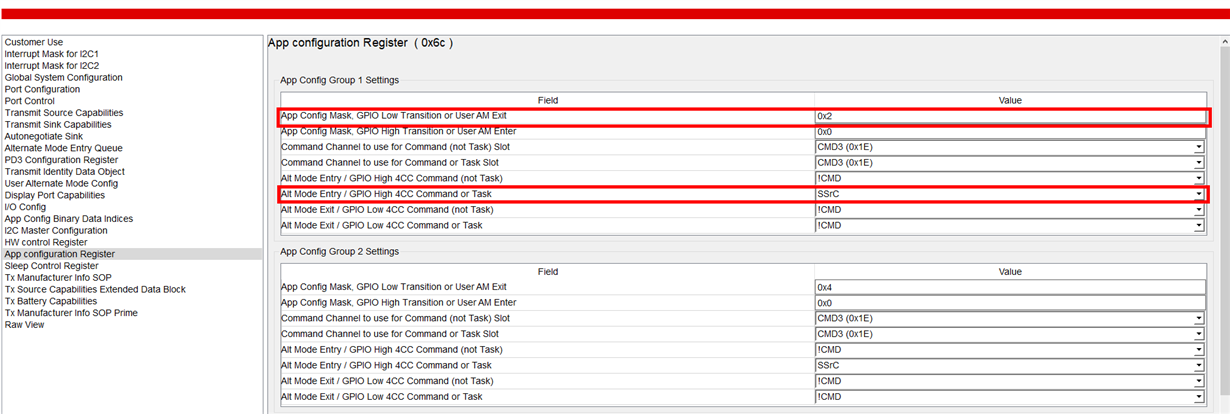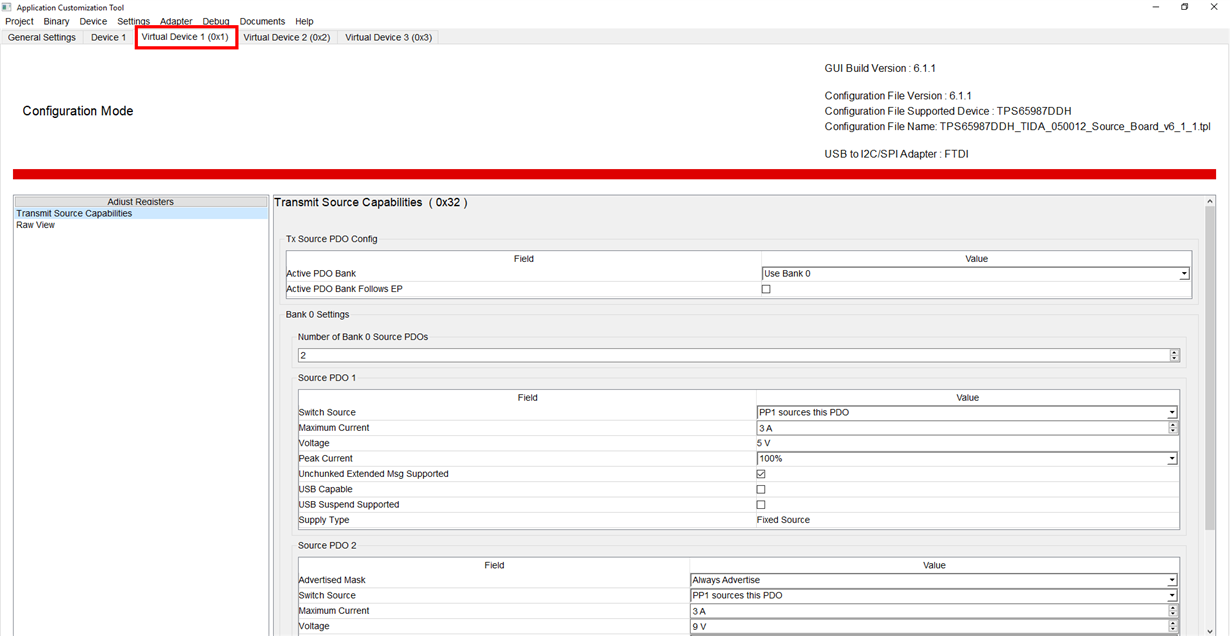Other Parts Discussed in Thread: TPS65987D, TIDA-050012, TIDA-050014
Hi Sir,
In our case, we want to switch the voltage of type-c adapter from 20V to 12V.
What is the mapping configuration register of TPS65987DDJ ?
The commanded from EC through I2C1 to TPS65987DDJ.
Regard.
Nathan










